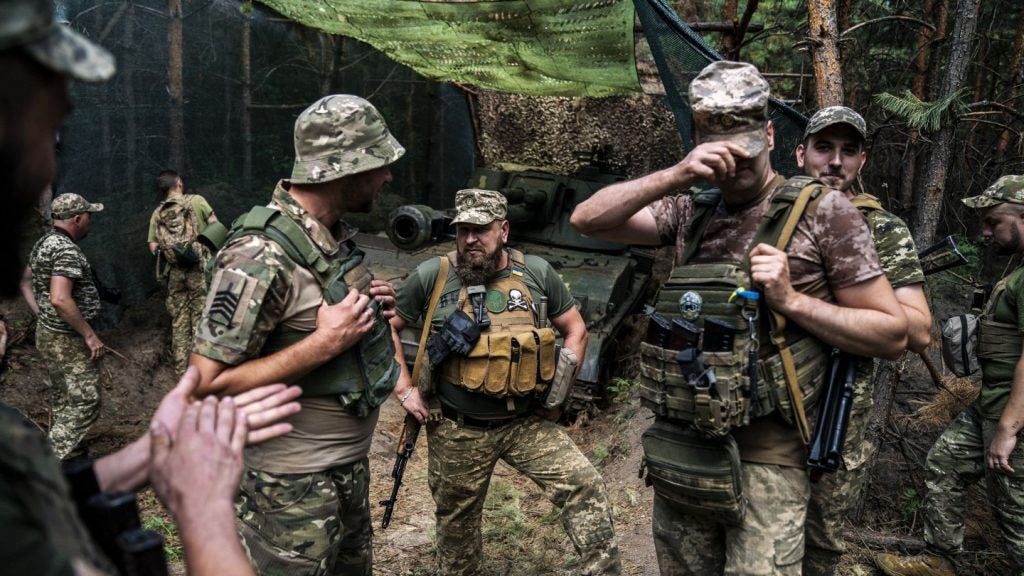
Following Barack Obama’s West Point speech in which he laid out the new strategy for war in Afghanistan, questions about practical issues have begun piling up alongside doubts about the strategic wisdom of the plan.
Included in the practical concerns of leaders in the defence community are fears that defence contractors may not be able to rapidly deliver all the technology and equipment needed for new deployments. Concerns also exist about the knowledge of what is actually required.
Leaders want to know what is needed by companies that will be asked provide troops with round-level technology (such as mine-resistant, ambush-protected vehicles) and hi–tech equipment (such as systems that manage the constant aerial activity of unmanned aerial vehicles and other Predator-type assets).
Obstacles and bottlenecks will also pose challenges for factories and suppliers, which are still unsure about how smoothly logistics and supply chains will run, despite the critical nature of military deployment.
As Winslow Wheeler of the Washington-based Center for Defense Information says, “the sad truth is that nobody knows whether or not we can handle the requirements for the 30,000 new troops being deployed”.
After working on national security issues for 31 years for members of the US Senate and US General Accounting Office, Wheeler can confidently say he thinks “neither the US Congress nor the Pentagon” have a firm grasp of the facts.
Despite its mandate to provide oversight, the US Federal Government, he says, has not done enough to offer a clear picture of the work involved in equipping new deployments of troops to Afghanistan, at least not in the public’s view.
“The last time anyone unclassified the readiness ratings, not a single active or reserve unit at brigade level in the US was rated ‘fully ready’,” Wheeler says. So what do we know that can help prepare forces for new deployments?
From Vietnam to Iraq
The first new supplies of technology, weapons and materiel will be delivered from the air. Today the skies above Afghanistan are alive with C-130s, jet fighters, unmanned drones, commercial 747 cargo aircraft, transport and attack helicopters, and the occasional artillery shell.
According to Air Cargo News editor and publisher Geoffrey Arend, any number of US flags that are part of the CRAF programme are utilised to move troops and critical supplies to and from the US to forward bases in Iraq and Afghanistan. “That task was made quite a bit easier earlier this year when the US and Russia agreed a one-year plan that allows up to 4,500 US military troop and supply aircraft to fly over Russian Federation airspace,” Arend says.
“The agreement not only saves about $140m in fuel costs annually but ensures safer passage in and out of the theatres without having to move overland through Pakistan, where attacks have been attempted.”
Dubai also has a number of independent operators that operate from the country, sending hard cargo and other supplies into Iraq and Afghanistan. They include Rus Cargo and several small to medium ad-hoc carriers.
“Air cargo into these war zones will, at times, resemble operations that could have been lifted straight from the pages of Terry and The Pirates, a 1930s comic strip that glamorised air cargo flights to faraway places like China and India. Right now, daily with Dubai as conduit, cargo travels aboard vintage equipment into war zones around the clock,” Arend says.
Despite appearing quite dated, this ability to airdrop supplies and land C-130s with cargo on remote dirt airstrips is still key to keeping the war effort in Afghanistan supplied. Roads are too dangerous for supply trucks, as loss figures gathered by the Pentagon attest.
But will the US be ready for such a large deployment using such dated measures, and will it be able to bring in the technology fast enough to keep troops safe?







